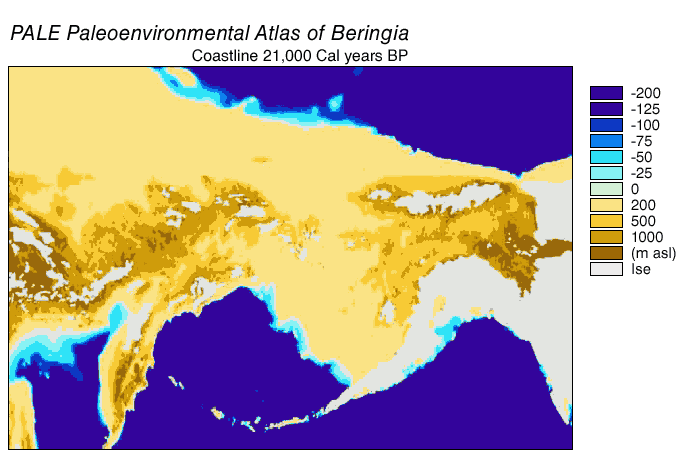 |
| A vital component of a turkey dinner. Image by skeeze from Pixabay |
(Auditing classes, I've discovered, is a blast! All the fun of learning with none of the stress of exams.)
The other reason for thinking of food, of course, is that we're approaching the season of winter feasting. Turkey dinner. Mashed potatoes. Corn on the cob. Roasted squash. Cranberry sauce. Maybe a little hot sauce on the side for those who like dash of fire with their food.
 But if you'd mentioned any of those foods to someone from Europe, Africa, or any part of Asia 600 years ago, they would have been baffled. All those foods came from the Americas, and no one outside the Americas had eaten them until the European invasion of the Americas began just over 500 years ago.
But if you'd mentioned any of those foods to someone from Europe, Africa, or any part of Asia 600 years ago, they would have been baffled. All those foods came from the Americas, and no one outside the Americas had eaten them until the European invasion of the Americas began just over 500 years ago.(Okay -- Europe has a kind of wild cranberry, but it's not the sort you'll find in the cranberry sauce served with your Christmas turkey.)
I learned just how many foods originated in the Americas a few years ago when I was researching The World in Your Lunch Box: The Wacky History and Weird Science of Everyday Foods. I was amazed -- not just at the variety of foods, but at how skilled the farmers of the Americas were and how quickly their foods spread to the rest of the world.
 |
| Teosinte is on the left, and modern corn is on the right. Between them is a hybrid of teosinte and corn. Image by John Doebley. |
Or look at potatoes. They come from the Andes in South America, and you'll still find the biggest variety of potatoes there. But 500 years ago, the Spanish took a few kinds of potatoes back to Europe, and they spread. They spread so far and so fast that China is now the world's biggest producer and consumer of potatoes.
And that delicious-smelling turkey? The Ancient Puebloans who lived in the famous cliff dwellings of Mesa Verde 800 years ago kept turkeys penned in the alcoves behind their houses. In other parts of North America, such as the forests of what is now the eastern United States, turkeys were so plentiful that people didn't bother to keep them penned up. Why feed a bird when it can feed itself and still be available to hunt when you need it?
Those are just a few of the foods that came from the Americas. They, along with chili peppers, tomatoes, squash, chocolate, and a cornucopia of other delights, changed the nature and flavour of food around the world.
Now I'm hungry!






